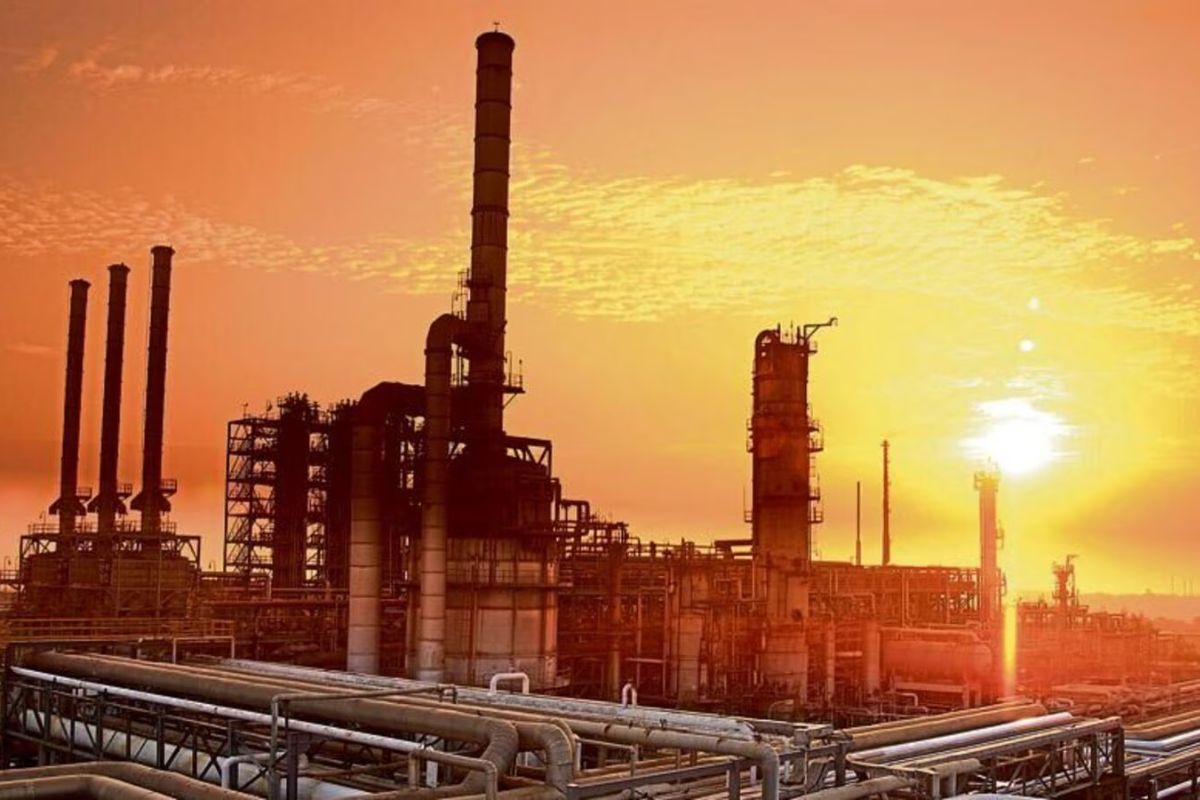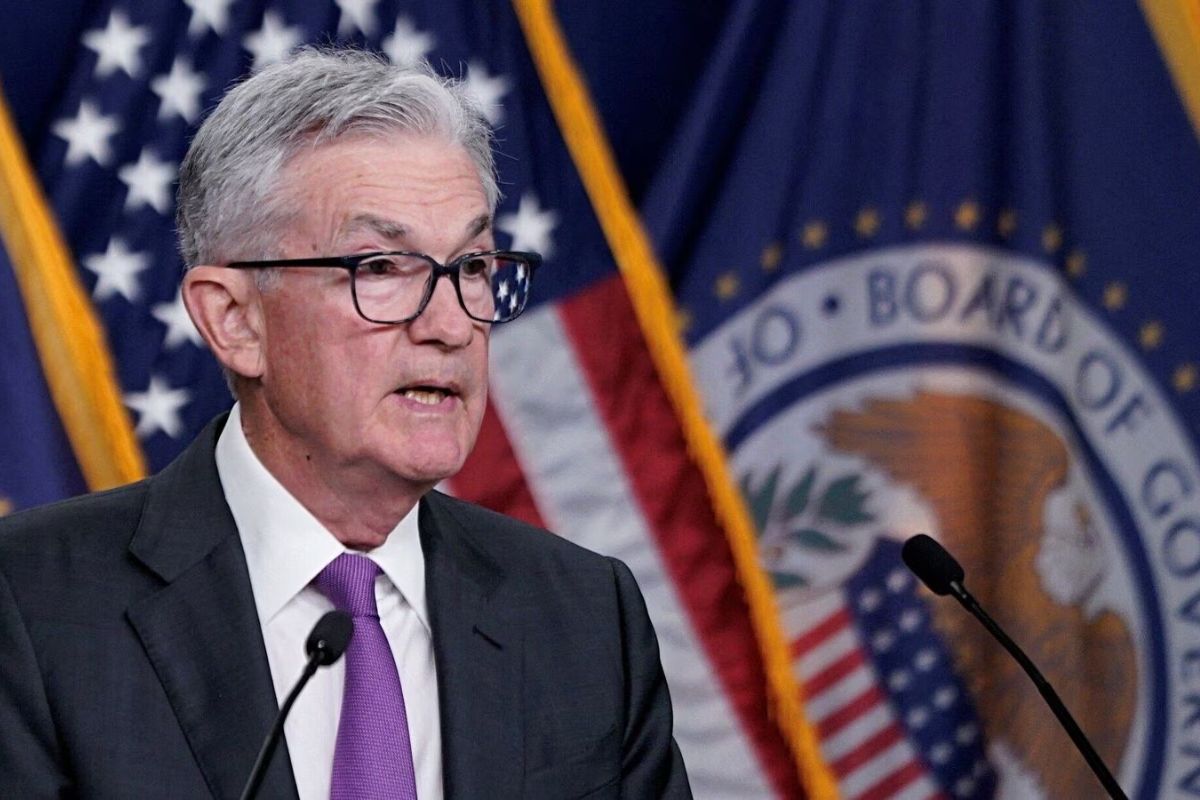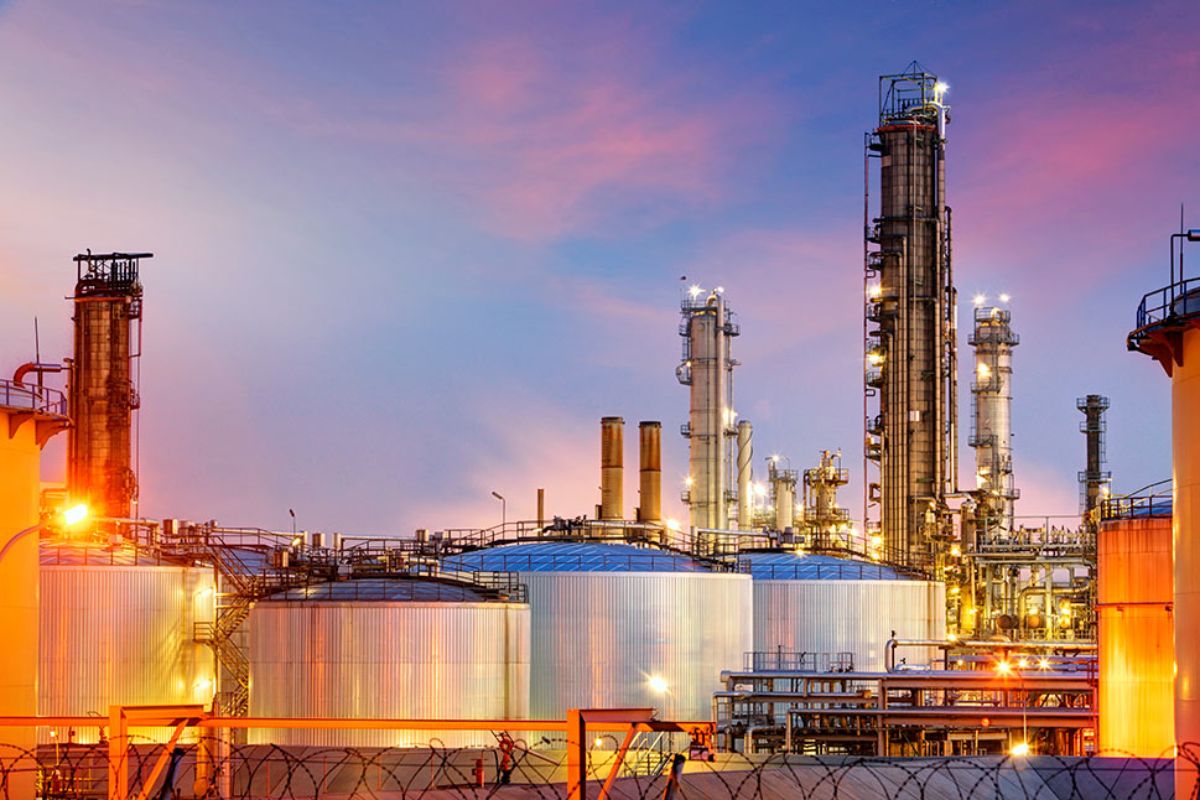Oil Soars Amid Surging US Demand: The current surge in oil prices amidst escalating U.S. demand has left investors and analysts alike closely monitoring the Federal Reserve’s next move with bated breath. As the global economy braces for potential inflationary pressures and uncertainties surrounding the Fed’s monetary policy stance, the oil market stands as a barometer of these unfolding events.
With all eyes on the Fed’s impending decisions, the implications for both oil prices and broader economic stability remain shrouded in speculation and anticipation.
Oil Prices Rise on Strong Global Demand and OPEC’s Optimistic Forecast
Oil prices surged as a result of strong global demand and OPEC’s positive forecast, driving market optimism and pushing Brent futures to $82.20 a barrel. This remarkable increase comes as no surprise, given the insatiable appetite for oil in the world’s largest consumer, the United States.
The latest uptick in prices underscores a significant shift in the market sentiment, with investors eagerly eyeing the next moves. The Organization of the Petroleum Exporting Countries (OPEC) has once again demonstrated its influence, maintaining an optimistic outlook and projecting substantial growth in oil demand worldwide. This robust forecast has injected a renewed sense of confidence and stability into the oil market, paving the way for further price escalations.
As global economic recovery gains momentum, the demand for oil is expected to soar to new heights, propelling prices to levels unseen in recent times. The convergence of strong demand dynamics and OPEC’s bullish forecast sets the stage for a thrilling period ahead in the oil markets.
Also Read: US Inflation Soars as Asia Takes Holiday: What Lies Ahead?
OPEC’s Positive Economic and Oil Demand Forecasts Support Prices
Amidst a backdrop of heightened economic projections and soaring global demand, OPEC’s unwavering optimism continues to bolster oil prices to new heights. The organization’s steadfast commitment to strong demand growth predictions and raised economic outlooks reinforces a bullish sentiment in the oil market. Here’s why OPEC’s positive economic and oil demand forecasts are crucial in supporting prices:
- Robust Oil Demand Growth Projections: OPEC anticipates a significant increase of 2.25 million barrels per day in 2024 and a further 1.85 million barrels per day in 2025, signaling a healthy appetite for oil in the coming years.
- Elevated Economic Growth Forecast: OPEC’s upward revision of the economic growth forecast for the current year indicates a favorable macroeconomic environment that is conducive to oil demand and price stability.
- Industry Confidence Boost: OPEC’s optimistic outlook instills confidence in the market, attracting investments and driving momentum towards sustained price appreciation.
- Price Supportive Environment: By aligning positive economic indicators with strong oil demand projections, OPEC creates a supportive environment that underpins the current bullish trend in oil prices.
Market Resilience Amid Sticky U.S. Inflation and Fed Rate Cut Speculations
Market resilience shines through as U.S. inflation sticks stubbornly, and speculations on Federal Reserve rate cuts swirl in the economic arena. Despite the lingering concerns over inflationary pressures, the market has displayed remarkable fortitude, especially evident in the oil sector.
The steadfastness of oil prices, holding firm amidst expectations of a potential Federal Reserve rate cut, underscores the robust demand underpinning the market. Declines in U.S. crude oil and fuel inventories further bolster confidence in the sector’s resilience.
Analysts’ projections of a summer rate cut by the Federal Reserve have only served to enhance the positive sentiment surrounding oil demand. The market’s ability to shrug off worries about increased domestic oil output, while remaining focused on the enduring effects of OPEC+ production cuts and geopolitical tensions like the recent drone attacks on Russia, showcases its unwavering strength in the face of adversity.
As the economic landscape navigates through uncertainties, the market’s unwavering stance is a testament to its enduring vigor and adaptability.
News In Brief
Oil Prices Surge on Strong Global Demand and OPEC’s Optimistic Forecast
Oil prices rise, reaching $82.20 a barrel, fueled by robust global demand and OPEC’s bullish outlook. The surge reflects heightened market confidence in OPEC’s positive economic and oil demand forecasts. The organization anticipates a substantial increase in oil demand, projecting growth of 2.25 million barrels per day in 2024 and 1.85 million barrels per day in 2025. Despite sticky U.S. inflation and Federal Reserve rate cut speculations, the oil market remains resilient, supported by declining U.S. crude oil and fuel inventories. Analysts predict a summer rate cut, enhancing positive sentiment and showcasing the market’s enduring strength.
Our Reader’s Queries
Q1 What would happen if the demand for oil increased?
A Oil prices are influenced by numerous factors, with the fundamental economic principle of supply and demand playing a pivotal role. According to the law of supply and demand, an increase in supply typically leads to lower prices. Conversely, a surge in demand tends to result in higher prices.
Q2 What happens to inflation when oil prices fall?
A When the price of crude oil decreases, it contributes to controlling inflation. Lower oil prices directly lead to reduced prices of petroleum products, and indirectly, they have a positive impact by lowering transportation costs.
Q3 What would cause demand for oil to decrease?
A One fundamental theory asserts that a rise in interest rates results in increased costs for both consumers and manufacturers. This, in turn, diminishes the time and money individuals allocate to driving. A reduction in the number of people on the road leads to decreased demand for oil, potentially causing a drop in oil prices.



